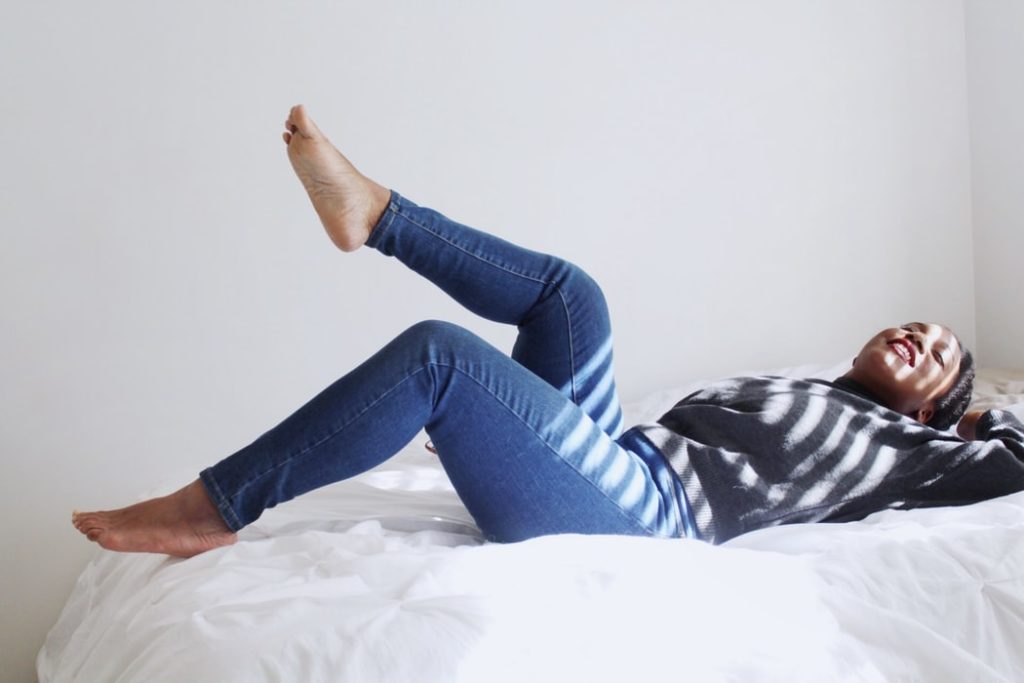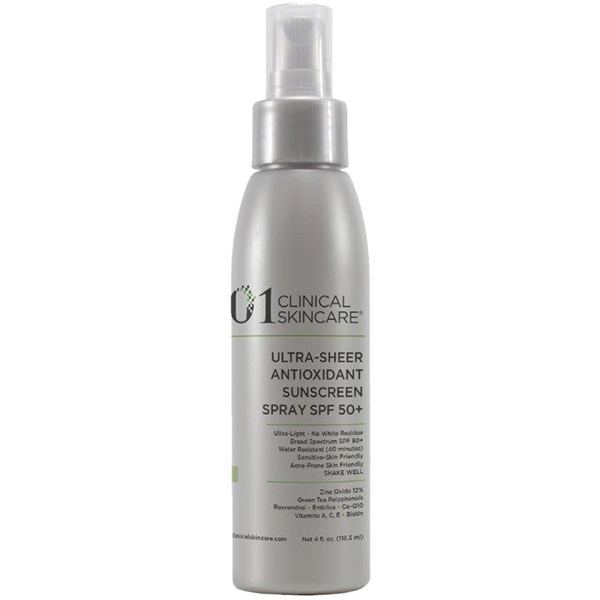
In the previous post from the series, we mentioned one of the skin concerns when it comes to outdoor exercise – sun exposure. Therefore, the best advice is to avoid exercising outside during peak sun time, between 10 am and 4 pm but If you have to work out within this time, wear clothes that cover as much skin as possible and a hat to shade your face then apply sunscreen on all exposed areas of the skin! You surely can’t go wrong with that…
Sun Protection Factor (SPF) and Ultraviolet Protection Factor (UPF) are used to indicate how much UV radiation reaches the skin. UPF indicates how much UV radiation (both UVB and UVA) a fabric allows to reach your skin while SPF measures only UVB.
So your clothing doesn’t just look great, It also protects against harmful UV radiation and remains one of the most effective forms of protection against sun damage and skin cancer.
Know however that not all fabrics and colors provide equal protection. Densely woven clothing like denim, wool or synthetic fibers are more protective than sheer, thin or loosely woven cloth. Check a fabric’s sun safety by holding it up to the light. If you can see through, UV radiation can easily penetrate the fabric and reach your skin.
Dark or bright solid colors (red, black, navy blue, etc) keep UV rays from reaching your skin. That is why these colors offer better protection than lighter shades (whites, pastels, etc). The composition of your fabric really matters also. Unbleached cotton contains natural lignins that act as UV absorbers. Shiny polyesters and even lightweight satiny silks can be highly protective because they reflect radiation. High-tech fabrics treated with chemical UV absorbers or dyes prevent some penetration from UV rays.

A broad-spectrum sunscreen (protects against UVA and UVB rays) is very important for protecting your skin against UV rays which damage skin and cause hyperpigmentation but it’s not quite as easy as it sounds when it comes to sunscreens.
Do you know there are different types of sunscreens?
Types Of Sunscreens
Physical: sits on top of the skin and reflects the sun’s rays. The active ingredients include titanium dioxide and zinc oxide.
Chemical: sinks into the skin and then absorbs UV rays, converts the rays into heat and releases them from the body. The active ingredients include avobenzone, octinoxate and oxybenzone. Some may equally contain antioxidants like Vitamins C and E, Glutathione.
Combined: contains both physical and chemical UV filters.
Our skin is the first line of defense against environmental factors. The skin uses sunlight (UVB rays) to help manufacture vitamin D, which is important for normal bone formation. But sometimes these ultraviolet rays (UV Rays) can be very detrimental.
UV rays emitted by the sun are divided into three major subtypes: UVA (320-400 nm), UVB (290-320 nm), and UVC (200-290 nm). There are approximately 500 times more UVA rays in sunlight than UVB rays.
Although UVB has positive effects as mentioned above, It is thought to be the subtype most responsible for skin cancers as it is the typical source of sunburn, inflammation, DNA damage, oxidative stress, free radical production and immunosuppression.
UVA rays penetrate more deeply into the skin and play a greater role in premature skin aging changes including wrinkle formation (photoaging). It also plays a role in skin cancer formation.
Aging is a multifactorial process, which depends on both intrinsic and extrinsic factors. The main extrinsic factor is sun exposure (UV rays).
The most important products used in skincare are sunscreens because of their ability to protect from UV rays through elements present in them called UV filters.
From L-R: 101 Clinical Skincare Ultra – Sheer Antioxidant Sunscreen Moisturizer SPF 50+ | 101 Clinical Skincare Ultra – Sheer Antioxidant Sunscreen Spray SPF 50+ | 101 Clinical Skincare Universal Antioxidant BB Cream SPF 50+
An SPF15 sunscreen filters out 93% of UV radiation (allowing 7 out of 100 photons through to your skin), SPF30 filters out 96-97% (allowing 3-4 out of 100 photons through to your skin) and SPF50 filters out 98%. The general guideline for sunscreen application is to use 2mg of sunscreen per cm2 of skin surface.
The use of sunscreen with SPF higher than 30 is recommended for everyone older than six months. Sunscreen should be applied even while indoors provided it’s daytime and should be reapplied every 3 hours or after swimming.

Chemical or Physical Sunscreen, which should I choose?
Physical tends to be:
- less irritating and a better fit for sensitive skin.
- more moisturizing which can feel heavy on some skin types.
- difficult to fully blend into the skin. However, more brands now offer improved versions that have little to no white cast and can give the skin a smooth and even appearance.
Chemical is a better option if you:
- are swimming and need a water-resistant formulation.
- play sports or sweat a lot during the day.
- want a sunscreen that absorbs quickly into the skin.
The right sunscreen won’t make you break out or darker, in fact, it can improve the appearance of your skin. So whenever you’re shopping for sunscreen, make sure it’s at least an SPF 30, Noncomedogenic (won’t clog pores), Paraben-free and says “Broad-spectrum” on the label…just like our 101 clinical Skincare brand.



